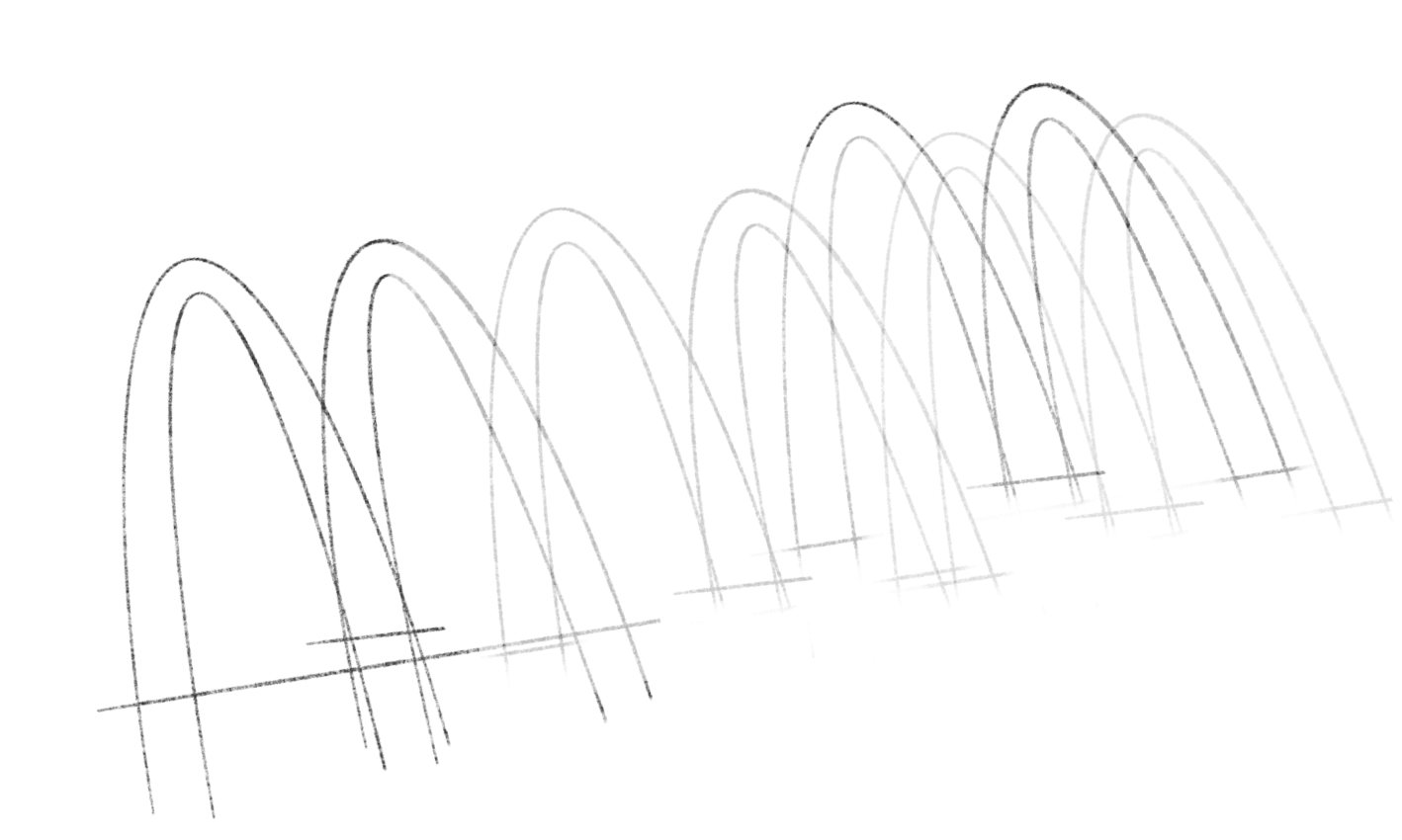4. ODEs: What is a solution?#
Although we just said that \(m\)-th order ODEs are special cases of a first order ODE, we will work with Equation (3.2) for now. We want to make sure we know our way through the guts and bones of this animal.
What do we expect to get from “solving” equations like (3.2)?
Let us write \(\mathbf{C}^{m}(\mathcal{T}, \mathbb{R}^{k})\) for the set of \(m\)-order continuously differentiable functions, each taking an observation point from \(\mathcal{T} \subseteq \mathbb{R}\) to some outcome in \(\mathbb{R}^{k}\).
Definition 4.1
A solution to Equation (3.2) is a function \(y^{\ast}: \mathcal{T} \rightarrow \mathbb{R}^{k}\) such that
it possesses derivatives up to order \(m\), i.e., \(y^{\ast} \in \mathbf{C}^{m}(\mathcal{T}, \mathbb{R}^{k})\); and,
the functions \(\{y^{\ast}, \dot{y}^{\ast}, y^{\ast,(2)}, ..., y^{\ast,(m)}\}\) satisfy (3.2) identically when \(t \in \mathcal{T}\).
4.1. General and particular solutions#
A general solution to Equation (3.2) will involve \(m\) arbitrary constants.
If Equation (3.2) is a \(k\)-dimensional system, then a general solution to it will possess \(m \times k\) arbitrary constants.
A particular solution to Equation (3.2) will have no arbitrary constants.
By providing boundary conditions we can solve out the arbitrary constants in a general solution to obtain a particular solution of a boundary value problem (BVP).
Alternatively, we can specify initial values to also obtain another particular solution to an initial value problem (IVP).
Example 4.1
Initial values:
(4.1)#\[\begin{split} \begin{split} y(t_{0})=y_{0}, \\ \dot{y}(t_{0})=\dot{y}_{0}, \\ \vdots\ \\ y^{(m-1)}(t_{0})=y^{(m-1)}_{0}. \end{split} \end{split}\]where \((y_{0}, \dot{y}_{0}, ..., y^{(m-1)}_{0})\) are the given \(m\) specific initial values.
Boundary values: \(y(t_{0})=y_{1}, y(t_{1})=y_{2}, ..., y(t_{m})=y_{m}\).
4.2. Existence and uniqueness of a solution#
We will use the first-order ODE form in Equation (3.5). Recall Definition 4.1. We seek a solution that describes the dynamic behavior of the system, a time path.
Theorem 4.1 (Picard-Lindelöf local existence and uniqueness)
Let \(D\) be a compact cube in \(\mathbb{R}^{k} \times \mathcal{T}\).
Suppose \(G(\mathbf{x}(t), t)\) and its partial derivative with respect to \(\mathbf{x}(t)\), \(\partial G(\mathbf{x}(t), t)/\partial \mathbf{x}(t)\), are continuous on \(D\).
If \(t_{0}\) and each initial value such as those specified in Equation (4.1) are in \(D\), there there is a unique solution to Equation (3.5).
This theorem warrants further remarks.
The statement about existence and uniqueness is a local one. Note how the statements are conditioned on the hypothesis of a compact hypercube \(D\)? In practice, \(D\) can be arbitrarily large or small in terms of its volume!
The hypothesis that \(\partial G(\mathbf{x}(t), t)/\partial \mathbf{x}(t)\) is continuous on \(D\) can be replaced by a requirement that \(G(\mathbf{x}(t), t)\) satisfies a Lipschitz continuity requirement, i.e.,
for all \((\mathbf{x},t)\) and \((\mathbf{x}',t)\) in \(D\), and, for some \(M < +\infty\).
In most contexts, we can derive an appropriate \(M\) as as function of the model’s primitive elements.
Exercise 4.1 (Lipschitz continuity and first-derivative)
Show that a function is Lipschitz continuous if it is continuously differentiable.
Exercise 4.2 (Picard-Lindelöf local uniqueness theorem)
Prove Theorem 4.1.
Exercise 4.3 (Non-uniqueness)
Construct an example where Theorem 4.1 does not hold. Explain your example.
Hint: Read the terms of the theorem carefully. Imagine yourself as a cat burglar: Case your victim’s home precisely and find a window that you can break (easily). Or, imagine yourself to be a constitutional law expert of the former British Empire tasked with writing an instance of a constitution for a newly-independent, post-colonial nation: Can you embed a loophole in your favor?
With a bit more regularization—uniform boundedness of \(G\)—we have:
Theorem 4.2 (Global existence and uniqueness)
If \(G\) is uniformly bounded and Lipschitz with respect to \(\mathbf{x} \in \mathbb{R}^{k}\), then for any initial value \((\mathbf{x}_{0}, t_{0})\) there is a unique solution to Equation (3.5).
Exercise 4.4 (Global uniqueness)
Prove Theorem 4.2.
Hint: This can be found in Weber [33].
